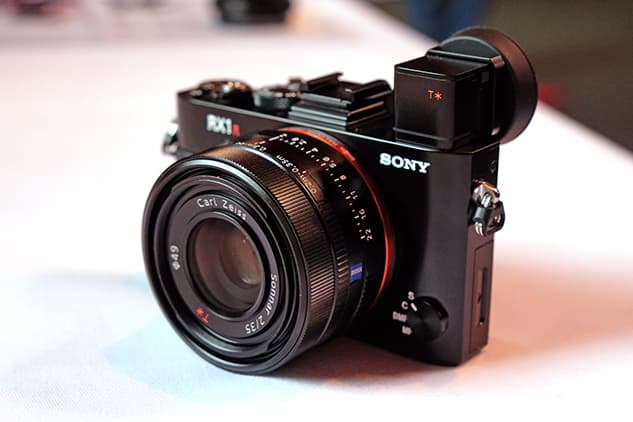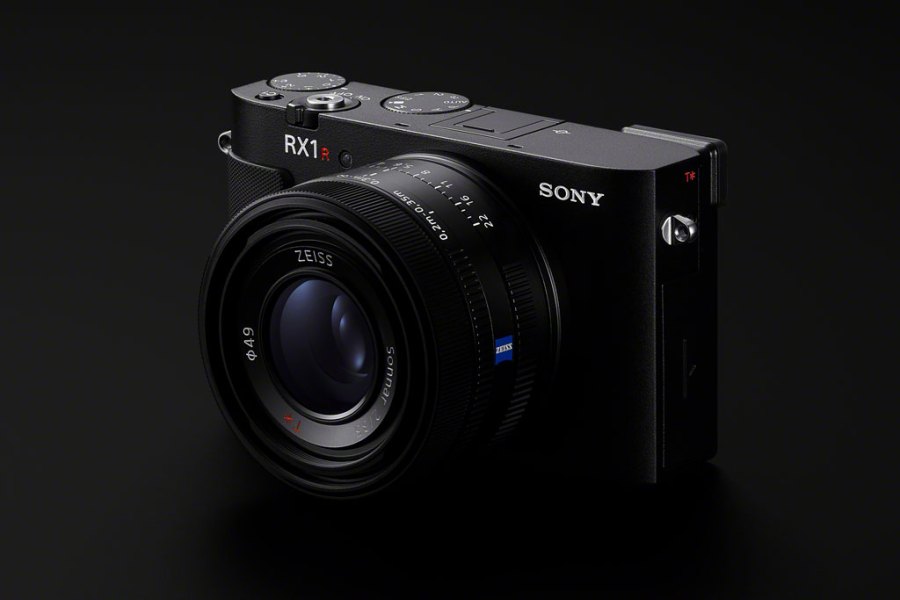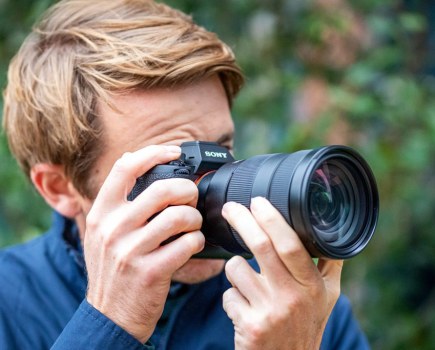Sony’s RX1R II caused quite the stir when it was released back in November 2015 and has built up a cult following over the years. I was actually one of those cult members last year when I joined the Sony camera club thinking its small pocketable size, powerful hi-res full-frame sensor and beautiful Zeiss 35mm f/2 Sonnar T* lens would answer my prayers for the perfect street photography daily driver.
What soon became apparent however was that this really felt like a 10-year old camera and its lack of modern tech was too much for me to get past. I wanted to love the RX1R II – it has so many of the good qualities I’m looking for – a beast of a full-frame 42.5MP sensor, a small size that fits in a coat pocket and one of the sharpest lenses that money can buy.
My ears pricked up when I heard the shock news of the RX1R III yesterday. A stealth drop that seemingly came out of nowhere, 10 years after the release of its predecessor. So you can imagine how giddy I was to read through all of the specs of Sony’s new camera. Significant areas of improvement I was looking for included better autofocus and a touch display for faster focusing and this appears to be addressed with 73% more phase detection points and Real-Time Tracking and Eye AF – we’re off to a good start. But then I read that the Mark III has a fixed display, possibly due to space reasons, but this feels like a downgrade compared to its predecessor. I can’t tell you how handy having a tilting screen is for street photography when you’re shooting from the hip and this for me really is the biggest disappointment here as the rest of the specification looks very promising.

Video was never high up on my priorities, but its ability to record 10-bit at up to 4K 30P is a massive advancement over its predecessor’s Full HD at 60p and I would be remiss not to mention.
The electronic viewfinder appears to be pretty much unchanged with a resolution of 2.35m dots and 0.7x magnification, though it does lose some of its cool factor as it is now fixed in position and doesn’t elegantly pop up like something out of a sci-fi movie.
The burst rate remains unchanged at about 5fps with AF which is fine by me as it’s more of a street camera than one made for sports or fast action, though I can see it being a good choice as a backup camera for wedding photographers due to its small size and weight, so a faster drive mode could possibly be pined for here.
I was also more than happy with the Mark II’s 42.5MP resolution and the new model’s 61MP sensor certainly feels a little overkill and will undoubtedly fill up memory cards much more quickly. The obvious benefit of this choice however is that you can digitally zoom in without losing too much detail so you have some zooming options, albeit digital ones, despite using a prime lens.
One of my biggest issues with the RX1R II was its battery life. It used Sony’s tiny NP-BX1 batteries which were rated for 200 shots, though I found if the batteries were fully charged up and then left in the camera for a few days its performance would be much worse when you came to use it. The other issue with the NP-BX1 batteries is that the exterior is a thin layer of metal which makes them quite easy to dent and damage. I’m happy to say that Sony has swapped these for larger NP-FW50 cells rated to 300 shots. They also have a hard plastic exterior which should make them more durable. The new camera also employs Sony’s latest BIONZ XR processor which should make it more energy efficient, too.
Sony’s RX1R III delivers on most of the gripes I had with its predecessor and drags the RX1-series kicking and screaming into the modern day with the latest technology. But it’s one thing to read a spec sheet and another to see how it performs in the field, so I can’t wait to get my hands on one and put it through the motions. One thing is for sure though, all of that new camera tech doesn’t come cheap with the RX1R III costing $5,099 / £4,199 – that’s a whopping $2000 / £1600 more than its predecessor cost at launch. Let’s hope it delivers and is worth the extra money!
Related reading:
The views expressed in this column are not necessarily those of Amateur Photographer magazine or Kelsey Media Limited. If you have an opinion you’d like to share on this topic, or any other photography related subject, email: [email protected]







